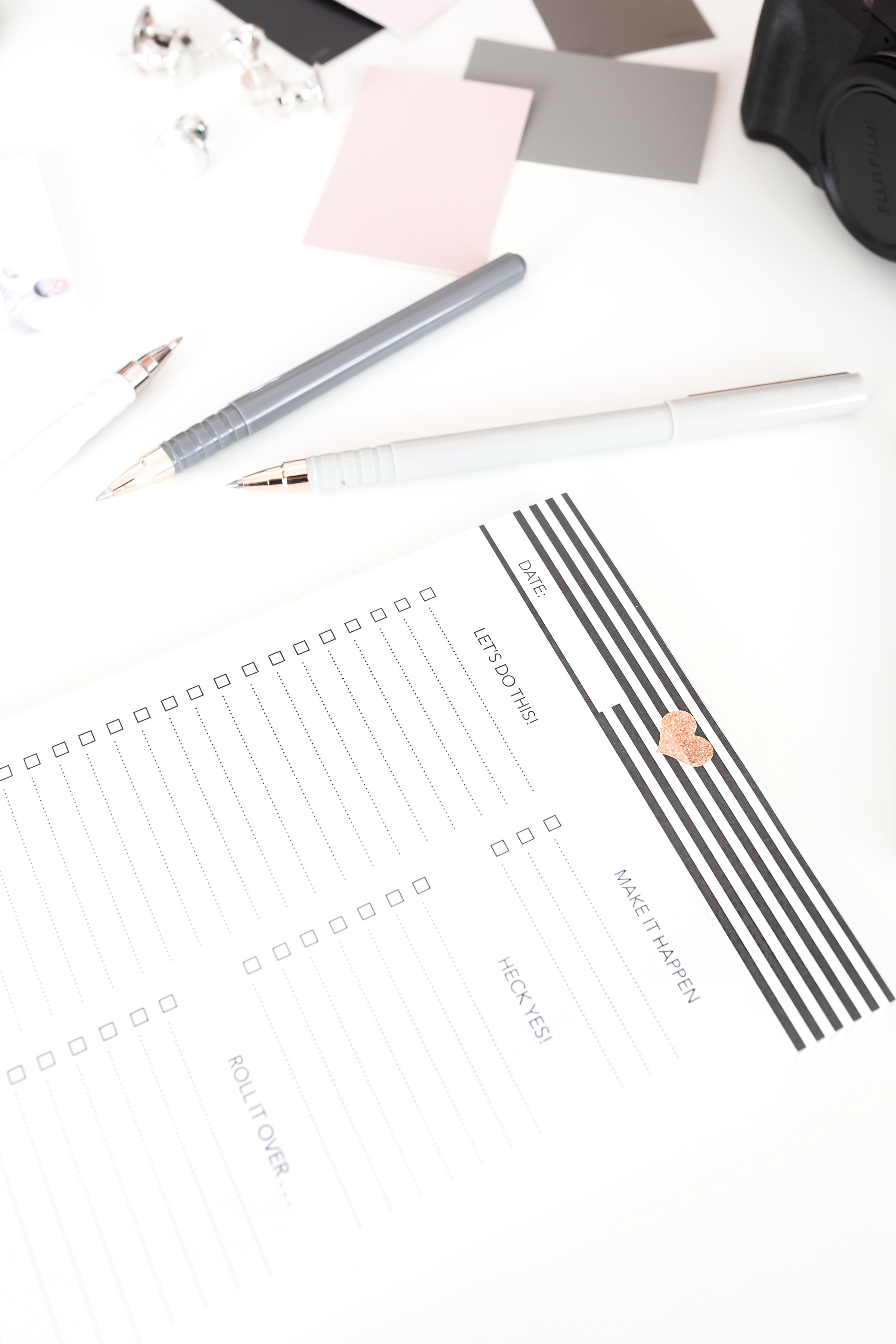
Cash flow:
Your cash flow statement shows how cash flows in and out of your business for a given period. Used with your income and balance sheet this is a key way to make sure you’ve got sufficient cash flow to keep operations open. For small businesses that run tight margins, checking this regularly is crucial to your vitality.
The cash flow statement produces a genuine picture of what you have on hand. This statement allows you to see patterns and predict potential downturns or upswings. But the most important thing about a cash flow statement is that simply put, it lets you see your liquidity.
Cash Flow Runaway:
It is imperative to know not just how much money you have on hand today but how long you have before you run out of cash. This is by far the worst-case scenario, but if you’re a small business and just starting out, there will be months when you are not cash flow positive. Understanding your cash flow projections will assist you in keeping your cash flow under control
If you spend more than you generate this is a negative cash flow, and if you bring in more cash then you spend this is positive cash flow. For example, if your net burn rate (how much you generally spend a month for expenses) is $10,000 a month and you have $70,000 in the bank, you know that you have 7 months to start generating more cash.
By just reviewing your cash flow statement weekly you can determine the true state of your liquidity. This will assist you in determining proper actions to keep your company solvent. Are you still not sure how to generate a proper cash flow statement? Contact us today and let us assist you in creating the proper financial statements that you need.







